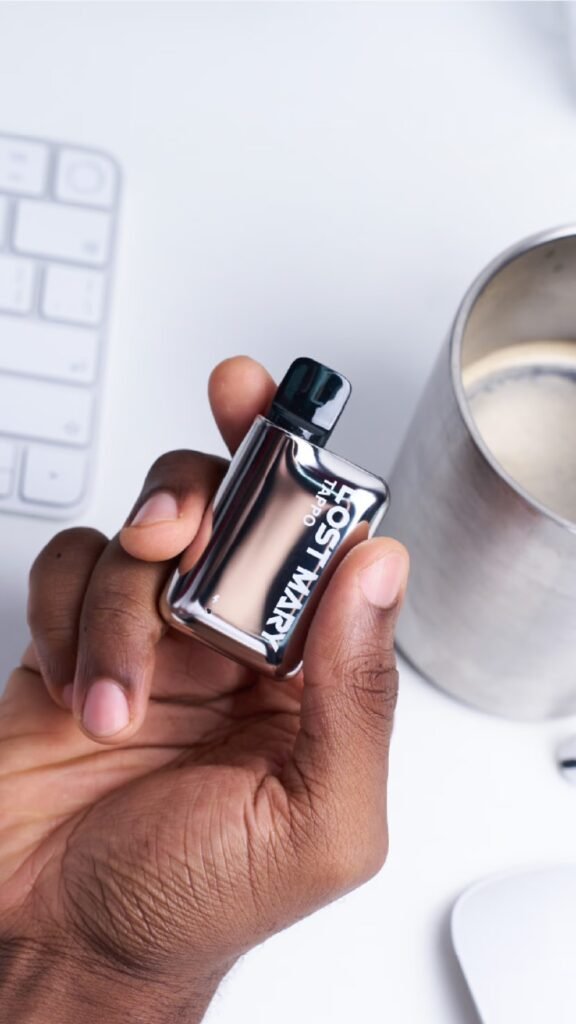Uncategorized
What to Expect from Vape Regulations in 2025
The vaping industry is entering a critical phase as governments worldwide implement stricter policies to address public health concerns and market oversight. With vape regulation updates 2025 on the horizon, manufacturers, retailers, and consumers must prepare for significant changes. This article examines the evolving legal issues in vaping, explores compliance for vape manufacturers, and analyzes how vaping laws by state may shift in the coming year.
Global Trends in Vape Regulation for 2025
Regulatory bodies are taking a more aggressive approach to vaping in 2025, with many countries introducing sweeping reforms. The European Union is expected to expand its Tobacco Products Directive (TPD), potentially banning certain flavor categories and imposing stricter nicotine concentration limits. Meanwhile, the U.S. Food and Drug Administration (FDA) continues its crackdown on unauthorized products through the Premarket Tobacco Product Application (PMTA) process, which has already removed thousands of non-compliant items from the market.
In Asia, nations like China and India are grappling with how to regulate their booming domestic vape markets while curbing youth access. Australia’s prescription-only model for nicotine vaping remains controversial, with debates ongoing about whether to loosen restrictions. These global shifts highlight the importance of compliance for vape manufacturers, as non-conforming brands risk hefty fines or market bans.
Key Legal Issues in Vaping for 2025
The legal issues in vaping this year revolve around three major themes: flavor restrictions, marketing limitations, and product standardization.
Flavor bans remain a contentious topic, with several U.S. states and European countries pushing to eliminate all non-tobacco flavors. Proponents argue this reduces youth appeal, while opponents claim it drives consumers toward illicit markets. The future of vape legislation may see compromises, such as allowing adult-only access to certain flavors through licensed retailers.
Marketing regulations are also tightening, particularly on social media platforms. Influencer promotions and cartoon-inspired branding are under scrutiny, with agencies like the FTC penalizing companies that allegedly target minors. Vape brands must now navigate complex advertising rules to avoid legal repercussions.
Product standardization is another focus, with requirements for child-resistant packaging, leak-proof designs, and transparent ingredient lists becoming mandatory in many regions. These changes aim to enhance safety but increase production costs—posing challenges for smaller manufacturers.
Compliance for Vape Manufacturers: Navigating New Rules
For businesses, compliance for vape manufacturers is no longer optional—it’s a survival necessity. The FDA’s PMTA deadline has already forced many companies to reformulate products or exit the market entirely. In 2025, expect even stricter enforcement, including surprise facility inspections and supply chain audits.
Manufacturers must prioritize several key areas to stay compliant. First, ingredient disclosure is critical. Many jurisdictions now require full transparency about e-liquid components, including potential allergens and toxicological data. Second, packaging must meet updated safety standards, such as tamper-evident seals and nicotine warning labels in multiple languages.
Testing protocols are also evolving. Third-party lab certifications for heavy metals, particulate matter, and emissions stability are becoming baseline requirements. Companies investing in these certifications early will have a competitive edge as regulations tighten.
Vaping Laws by State: A Patchwork of Policies
In the U.S., vaping laws by state continue to vary dramatically, creating a complex landscape for businesses and consumers. California and New York maintain some of the strictest regulations, including flavor bans and high taxation. Meanwhile, states like Texas and Florida adopt more lenient approaches, focusing on age verification rather than outright prohibitions.
This patchwork system complicates interstate commerce, as manufacturers must tailor products and marketing to each state’s rules. Some industry advocates are pushing for federal standardization to reduce confusion, but progress remains slow. For now, companies must rely on robust legal teams and compliance software to track ever-changing regional requirements.
The Future of Vape Legislation: Predictions and Preparations
Looking ahead, the future of vape legislation will likely involve three key developments:
1. Increased Taxation
Governments are eyeing vaping as a new revenue stream. Excise taxes on e-liquids and devices are rising globally, mirroring traditional tobacco policies. Manufacturers may need to adjust pricing strategies to absorb these costs without losing customers.
2. Stricter Age Verification
Online sales face growing scrutiny, with mandates for biometric age checks and blockchain-based ID systems gaining traction. Retailers ignoring these protocols risk severe penalties.
3. Environmental Regulations
Disposable vapes are a prime target due to their waste footprint. Bans on single-use devices or mandatory recycling programs could reshape product design priorities.
FAQ: Navigating Vape Regulations in 2025
What’s the biggest regulatory challenge for vape companies?
Balancing innovation with compliance is the top hurdle, as rapid product development often outpaces evolving laws.
How can manufacturers prepare for flavor bans?
Diversifying into tobacco/menthol offerings or exploring synthetic nicotine alternatives may mitigate risks.
Are all disposable vapes being banned?
Not universally, but regions like the UK and parts of the EU are moving toward restrictions unless recycling improves.
What happens if a product fails PMTA approval?
It must be immediately pulled from the U.S. market, with potential fines for non-compliance.
Will vaping ever be federally legalized worldwide?
Unlikely—expect a continued mix of acceptance and prohibition based on local public health priorities.
Conclusion: Adapting to a Regulated Future
The vape regulation updates 2025 signal an industry at a crossroads. While stricter rules pose challenges, they also offer opportunities for responsible brands to differentiate themselves. Companies prioritizing compliance for vape manufacturers will not only survive but thrive as trust and transparency become key consumer demands.
For stakeholders across the supply chain, staying informed and proactive is essential. Those who view regulations as a framework for improvement rather than a barrier will lead the next era of vaping innovation.

